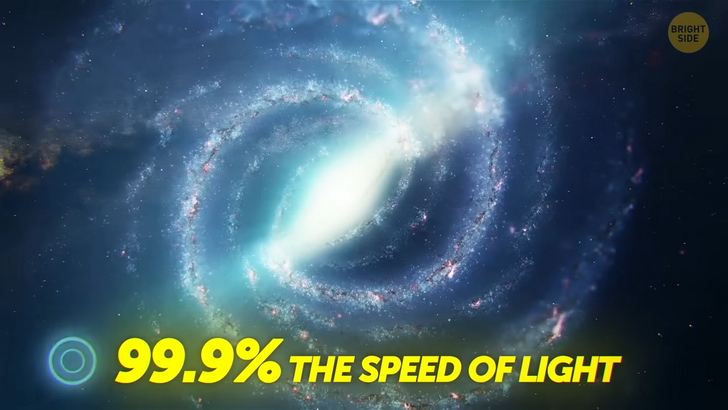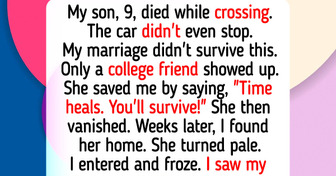Jennifer Lopez’s Swimsuit Snapshot for Her 55th Birthday Leaves Everyone Asking the Same Question

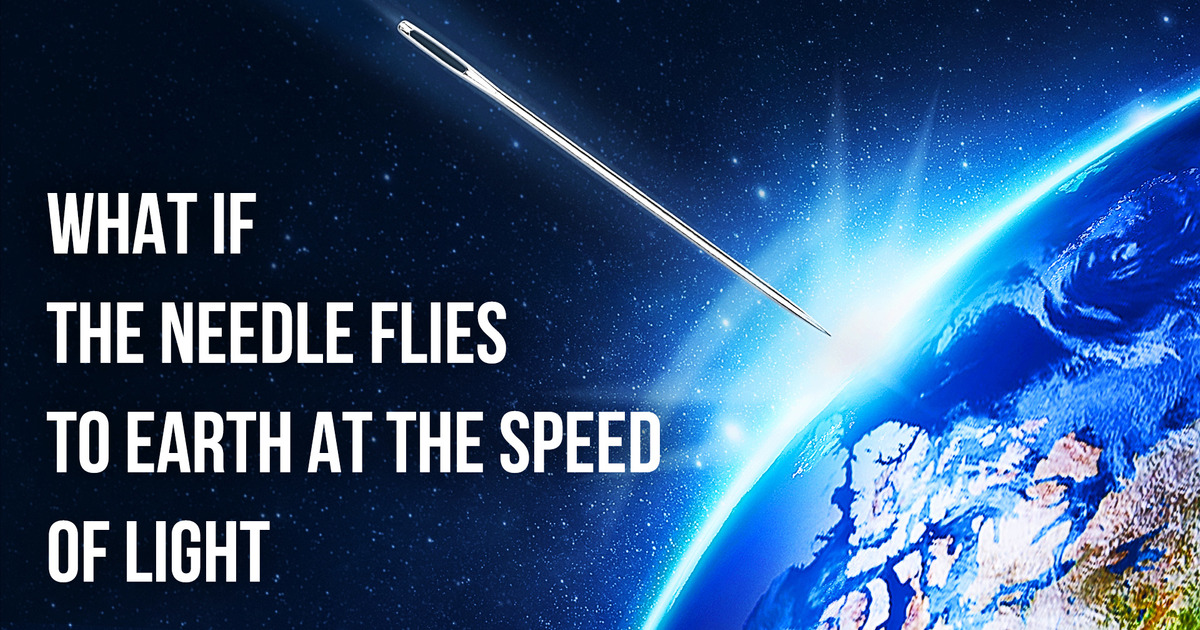
Something’s moving towards our planet that could end all life on Earth. It’s a regular needle weighing about 5 grams. You’re probably wondering why it’s so dangerous. Can something that small really do any harm? It’s hard to say, because it’s moving at the speed of light, and we don’t really know what will happen when it hits.
That’s because the idea itself is hypothetical, so it leaves us with a bunch of questions. Here’s the first one: What happens to a sewing needle in space? Could it actually accelerate to the speed of light? The short answer is no. But it’s not that simple.
In our universe, nothing that has mass can reach the speed of light. It takes energy to make any object go faster. Since there can’t be an infinite amount of energy, nothing can ever accelerate that much.
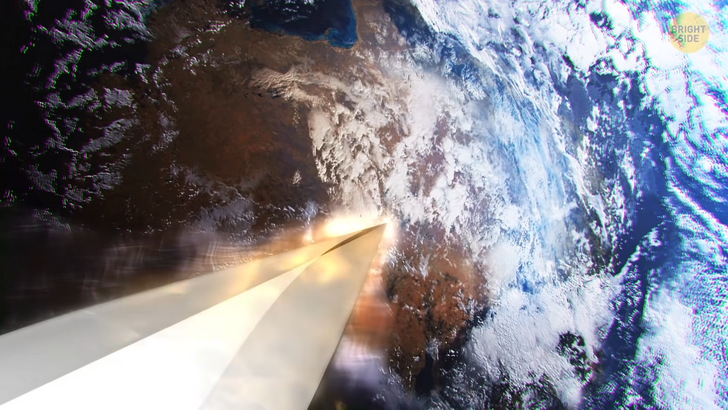
So in our case, we can simplify things. Let’s say that the needle is moving at 99.9 percent [%] of the speed of light. That’s about 186,000 miles [mi] per second [(299,300 km per second)], or 670 million miles per hour [mph] [(1.08 billion kph)]. At this speed, the journey from the Earth to the Sun would take about eight [8] minutes. For comparison, the maximum speed of a Falcon Heavy rocket is 24,600 miles per hour [mph] [(39,600 kph)]. And the fastest car on Earth is more than 2 million times slower than the speed of light.
The biggest rock to ever hit our planet was the Hoba meteorite. It weighed about [weight] 60 tons. It fell to Earth around 80,000 years ago and caused a lot of damage. Would something as small as our sewing needle be able to have the same effect? Sure it would! It’s all about the energy involved.
Small things traveling at almost the speed of light [energy speed] would have more energy in them than really big but slow-moving objects. So our speedy needle would hit the ground much harder. On impact, all the energy it contained would cause a mighty big kaboom. Everything nearby would just disintegrate. But could such a big explosion really destroy our entire planet?
Let’s compare this to the biggest blast humans ever made. The cloud of debris that followed this explosion was 40 miles high [40 mi (64 km)]. It could be seen from a distance of 100 miles [100 mi (160 km)]. About 50 megatons of explosive force was released into the atmosphere.

The energy our needle would release as an explosion would be about 43 kilotons of force. That’s less than what humans can cause, but it could still lead to massive damage. So if you hear on the news that something is heading for Earth at the speed of light, you’ll definitely need to find some cover. Could people survive a collision like this? Well, it would be pretty scary.
A dazzling flash of light would be followed by a shock wave of incredible force. The glass in all houses within a 2.5-mile radius would be smashed. Even the strongest buildings would collapse. All that energy coming from our needle would cause seriously big fires up to 1.5 miles from the epicenter. Everything at this spot would essentially be vaporized.
The situation would be a little different if the needle went into the ocean. Just like a meteorite, its impact would cause a huge tsunami. But the shock wave wouldn’t affect big cities, and people probably wouldn’t be hurt. Although if it hit off the east coast of the United States, this tiny object could still cause flooding in New York.
But other things could happen if a needle like this entered the Earth’s atmosphere. Because it’s moving close to the speed of light, the needle won’t actually be a solid object anymore, but more like a bunch of atoms flying alongside each other. So it’s possible that the needle would just pass right through our planet, the same way it would cut through a balloon. It would happen very quickly, in a split second. No one would even notice, and people would just go about their business.
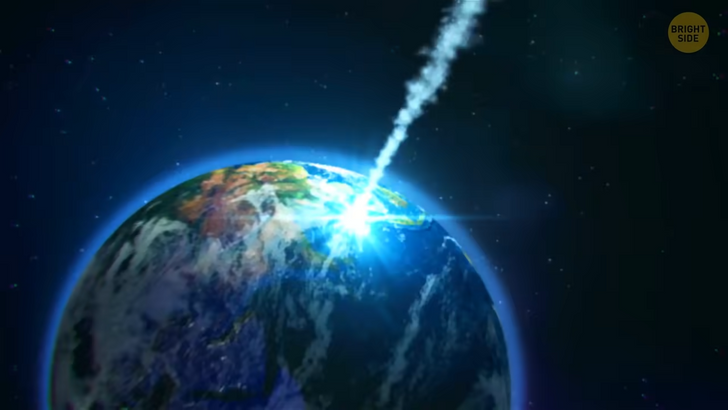
But here’s the most incredible possibility. What if the needle hit a person? Well, there’s a very small chance of that happening — just 1 in 1.6 million. Although something similar happened at least once, when two men in Turkey experienced “rain made of rocks” in 1888. But let’s get back to our needle going at light speed. If the human body completely absorbed all that energy upon impact, it would just disintegrate. But there’s another possibility as well.
The needle could weaken the bonds between molecules and atoms in your body, and pass right through them without causing any pain. You’d just feel something like a mosquito bite. Of course, it would still leave its mark. The needle would make a perfect hole in your body. But so long as it didn’t go through your vital organs, you’d be fine. Plus, you could boast about your incredible good luck! The chance of a space needle hitting you is almost like winning the lottery!
So it seems a needle moving at light speed wouldn’t do that much harm. It might create a big crater in one spot, but the world would be all right overall. But what if something much bigger than a needle flew towards Earth? In 2013, a large meteorite entered the atmosphere.
Luckily, most of it burned up before it reached the ground. The largest piece of it that survived weighed slightly over half a ton. But it was only moving at about 37,000 miles per hour [mph (59,500 kph)]. What would happen if it had accelerated to close to the speed of light?

An object this big moving at a speed of nearly 186,000 miles per second would have an enormous amount of energy. Its impact would basically wipe out an entire continent. The blast wave would have such force that it would completely circle the planet and pull down absolutely everything in its path. The tsunami caused by the explosion would wash our civilization into the ocean.
Humans would only survive if they made it to very deep underground bunkers. But once the dust settled, and we went back up to the surface, we would find that there was nothing alive left on Earth. It would be more or less the same as when a meteor destroyed the dinosaurs millions of years ago. It’s true that that meteorite didn’t move as fast, but it was just as big. Of course, our planet recovered from that impact, and life returned.
There is actually an object moving around in our Solar System right now that could destroy half the Earth: Halley’s comet. It weighs about 220 billion tons. That’s a whole lot of zeroes. By the way, this comet has come close enough for us to spot it at least 30 times. The last time it could be seen was in 1986.
But we’ll have a chance to see it again in the not too distant future. Its next appearance is predicted for July 2061. If an object like Halley’s comet hit the Earth at the speed of light, it would completely change the shape of our planet. The blast would form a crater the size of Eurasia. After a blow like that, the Earth would never be the same again.
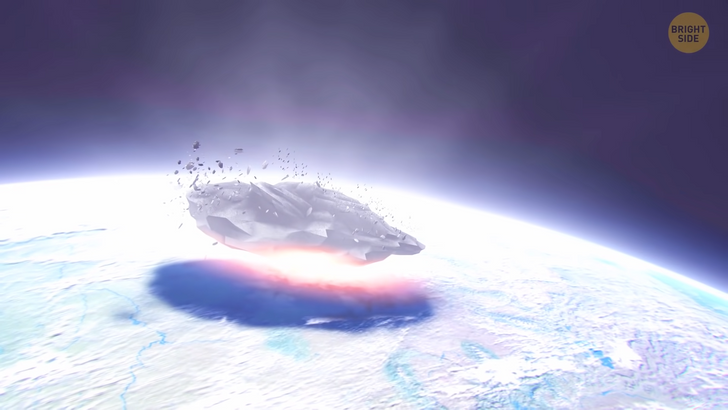
Now let’s talk about something that’s a little more real, although it’s seriously weird. Is there anything out there in the Universe that can move at the speed of light? Well, almost.
Scientists have discovered that some super-active galaxies can spit out hot blobs of gas the size of Jupiter. These galaxies are called blazars. When they studied the blobs, the scientists scratched their heads in confusion, because the speed of these things is about 99.9 percent the speed of light.
To accelerate something as big as a bowling ball to that speed would take all the energy produced on Earth for an entire week. So imagine how much you’d need to fire off a Jupiter-sized lump into space. The chances are that these blobs are getting all that energy from supermassive black holes inside the blazars. The hole itself absorbs tons of particles, but also accelerates others and pushes them out into space.
